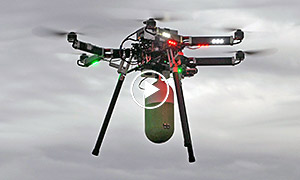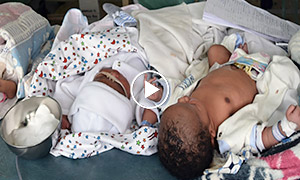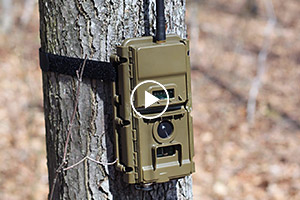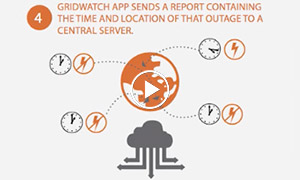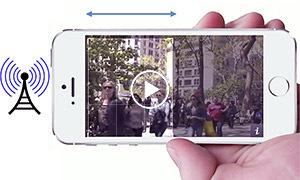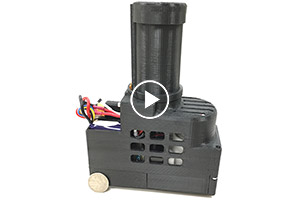These finalists who were invited to present in the final round of the Wireless Innovation Project™ were selected from nearly 100 applicants.
LifeGuard Drone
QQQ Tech
Aiming to reduce worldwide drowning tragedies, LifeGuard Drone uses a wearable device worn by a swimmer which sends out an “SOS” signal with its GPS location to a drone to activate a rescue operation. The drone, which is much quicker than a human lifeguard, automatically flies over the swimmer and drops a floatation device.
Neopenda
Biohealth Innovation
Every year, millions of newborns die from preventable causes, and 98 percent of the deaths occur in the developing world, where monitoring equipment is not available due to high cost and limited resources. Neopenda is an affordable newborn vital signs monitor integrated into a baby hat that transmits data to nurses to help provide early detection when a newborn is in distress.
Poacher Cam
Panthera
Wildlife poaching and trafficking is a multi-billion dollar business that is driving the extinction of important species, and threatening the livelihoods of rural communities. Poacher Cams are remote cameras that allow anti-poaching teams to monitor wildlife populations and safely detect poaching threats in real time, increasing security for the wildlife and the local people.
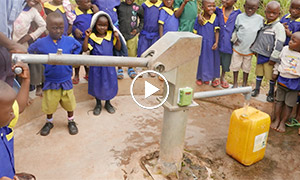
SweetSense Sensors
Portland State University
In many developing countries, rural infrastructure including cook stoves, latrines, water filters and water pumps have the potential to improve public health, but a lack of feedback on performance and use often leads to a lack of accountability for maintenance. Portland State University’s SWEETLab has developed SweetSense remote monitoring technologies to improve performance of monitoring remote water, energy and infrastructure projects in developing countries.
Energy X
Sunfarmer
Rural hospitals, schools, and farms in the developing world often rely on solar energy. However, the larger systems required to meet their energy needs are often plagued with problems. Energy X is the first low cost remote monitoring and control platform for off-grid renewable energy systems, transmitting performance data and control commands via SMS to trained technicians, therefore increasing transparency system performance and creating accountability for maintenance.
GridWatch
UC Berkeley and University of Michigan
Power grids in developing countries primarily use low-cost prepaid meters, which lack a grid sensing system, leaving utilities dependent on customer reports to learn about service issues. GridWatch is an electricity grid monitoring system which leverages a side-channel available on smartphones, along with a reliable and independently powered cellular network to provide sensing at the edges of the grid.
EyeSee
UCLA
Hemianopia, decreased vision or blindness in half the visual field, affects millions of stroke patients each year. EyeSee is an end-to-end vision enhancement and tele-rehabilitation solution combining a smartphone and a compact head-mounted display to maximize the residual
vision and enable independent living for hemianopic patients.
Air Quality Mapping Project (c-Air)
UCLA
There is an urgent need for detection and quantification of air pollution around the world. A team at UCLA is working on a project on spatio-temporal mapping of air quality using a computational sensor for rapid air quality quantification, enabling on-the-ground as well as drone-based 3D mapping of toxic emissions from pollution sources such as highways, airports or factories.
